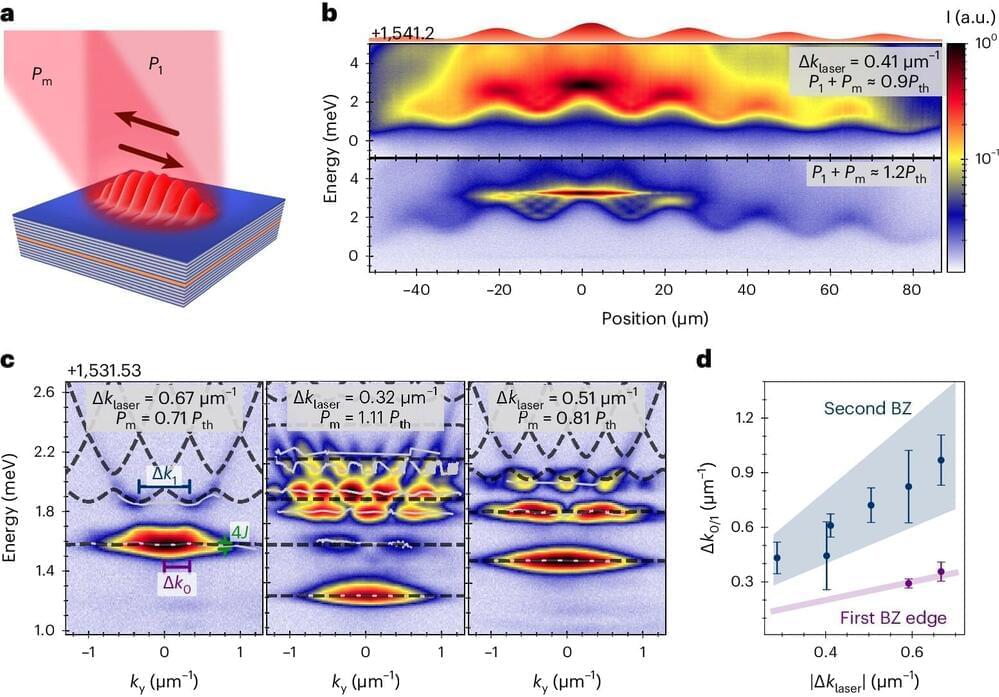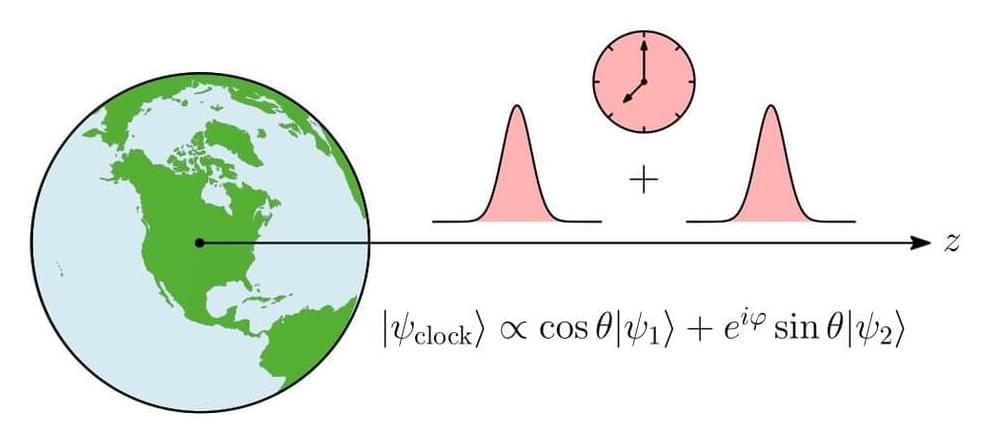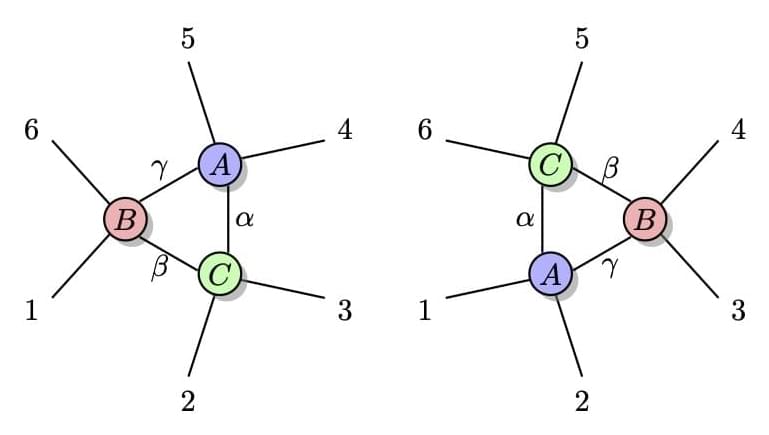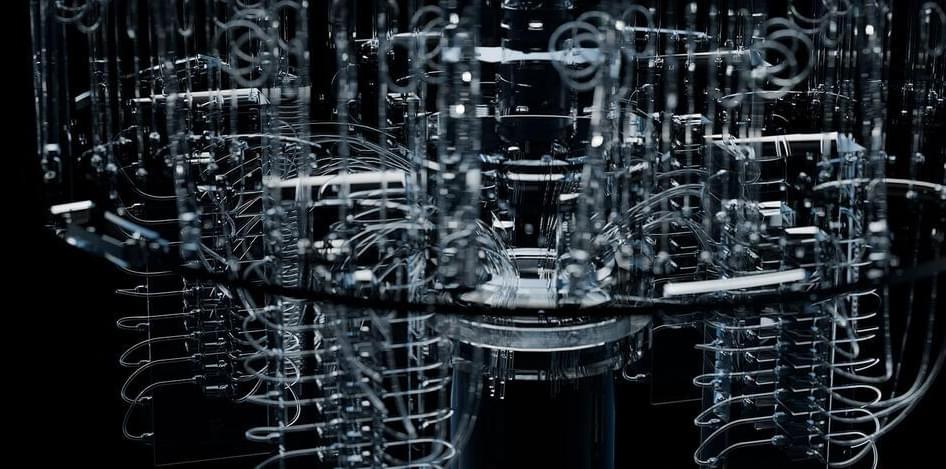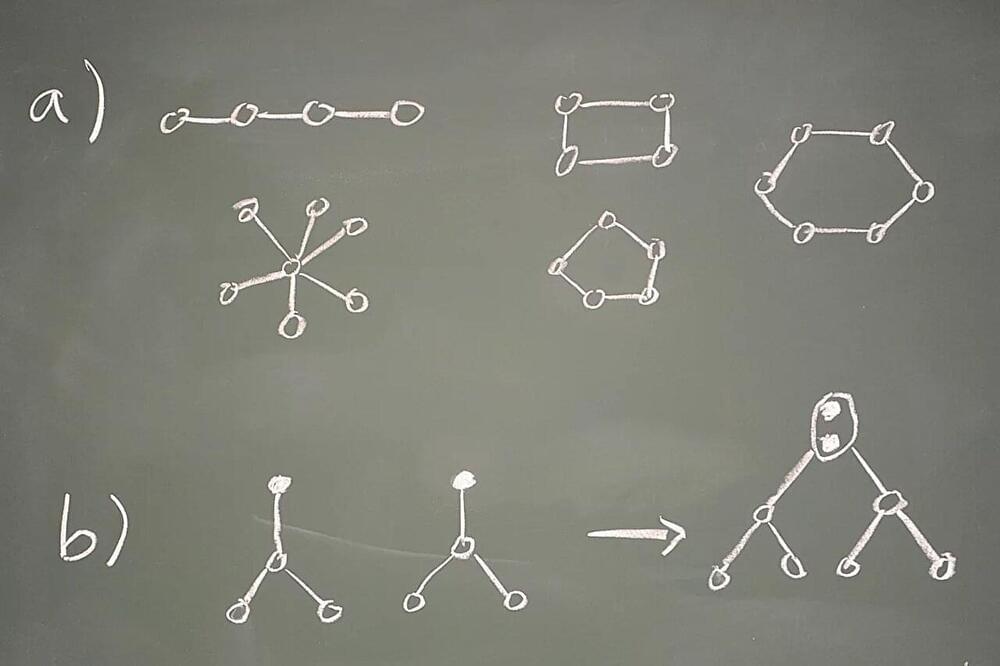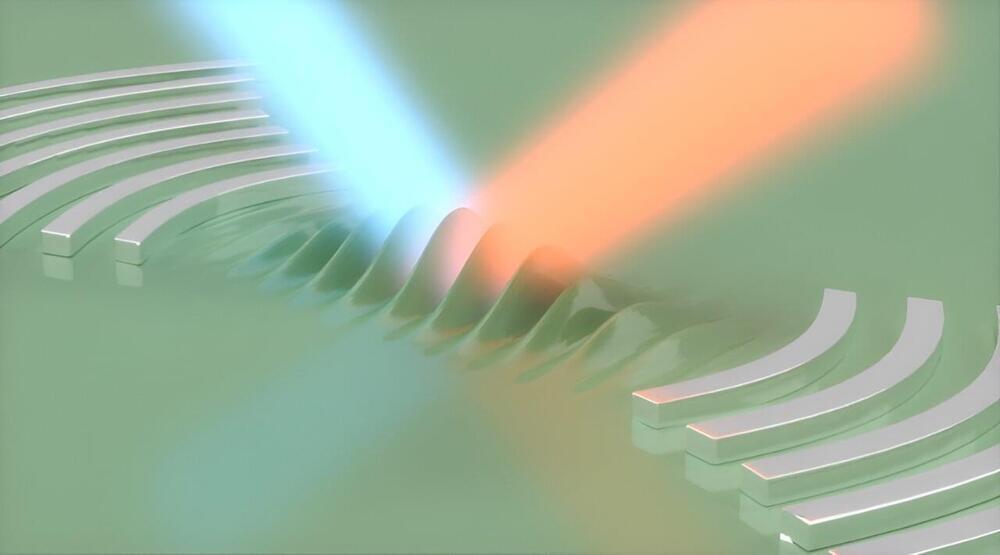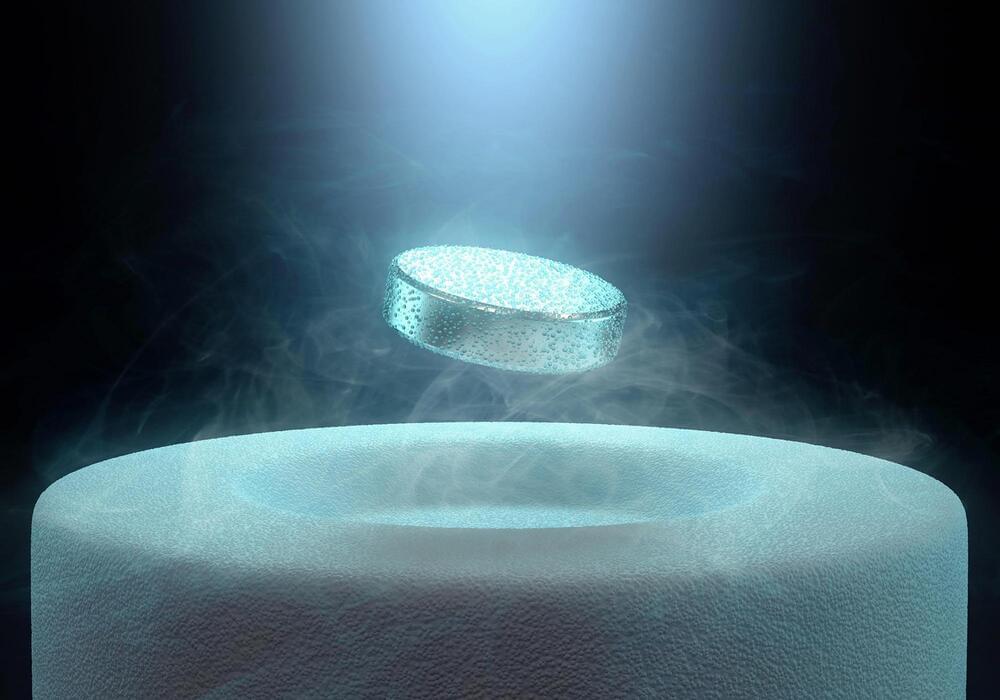
Flatiron Institute senior research scientist Shiwei Zhang and his team have utilized the Hubbard model to computationally re-create key features of the superconductivity in materials called cuprates that have puzzled scientists for decades.
Superfast hovering trains, long-distance power transmission without energy loss, and quicker MRI scanners — all these incredible technological innovations could be within reach if we could develop a material that conducts electricity without any resistance, or “superconducts,” at approximately room temperature.
In a paper recently published in the journal Science, researchers report a breakthrough in our understanding of the origins of superconductivity at relatively high (though still frigid) temperatures. The findings concern a class of superconductors that has puzzled scientists since 1986, called ‘cuprates.’

